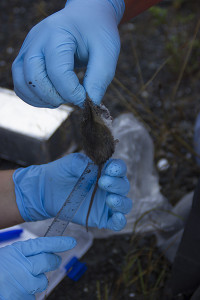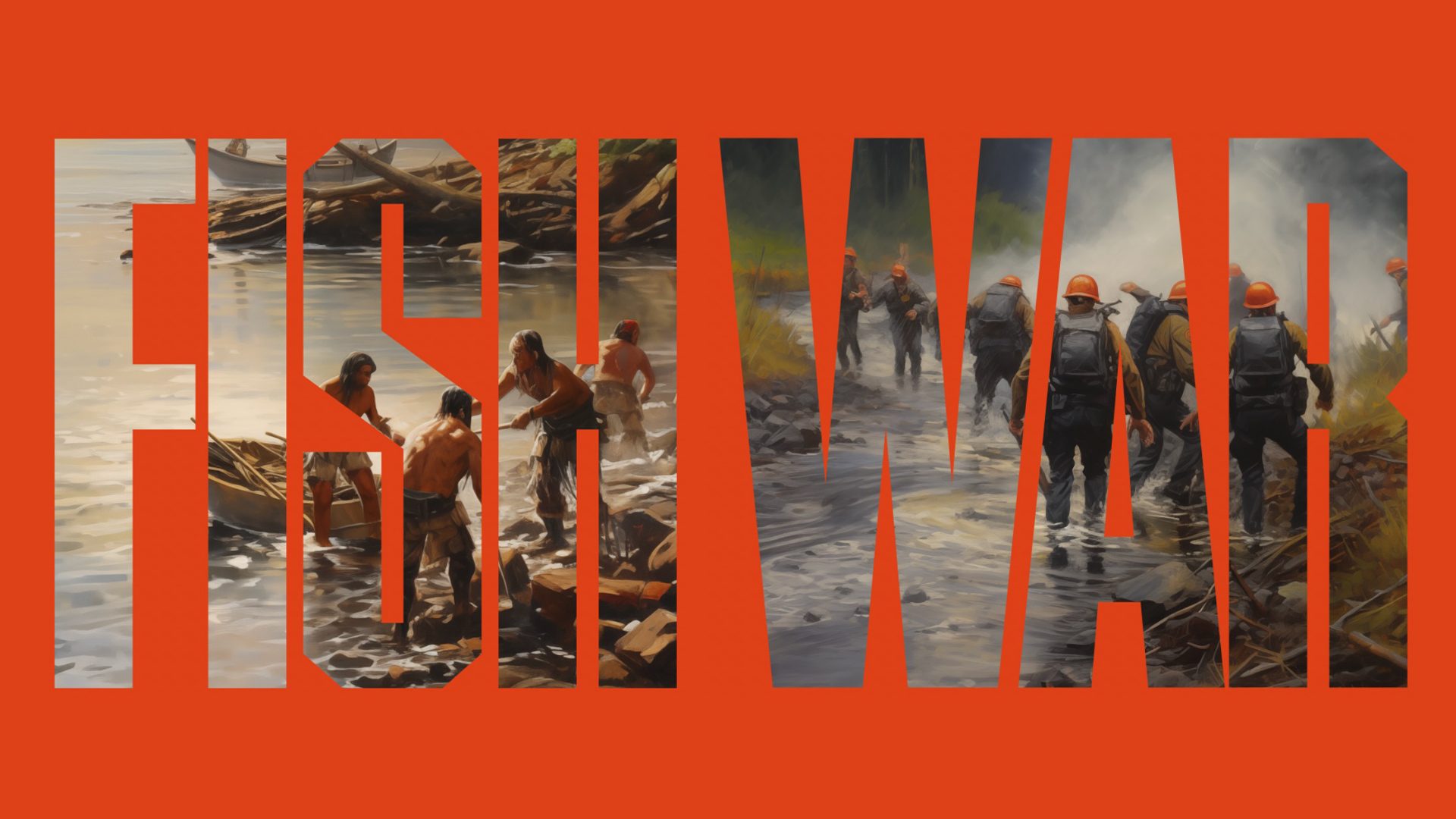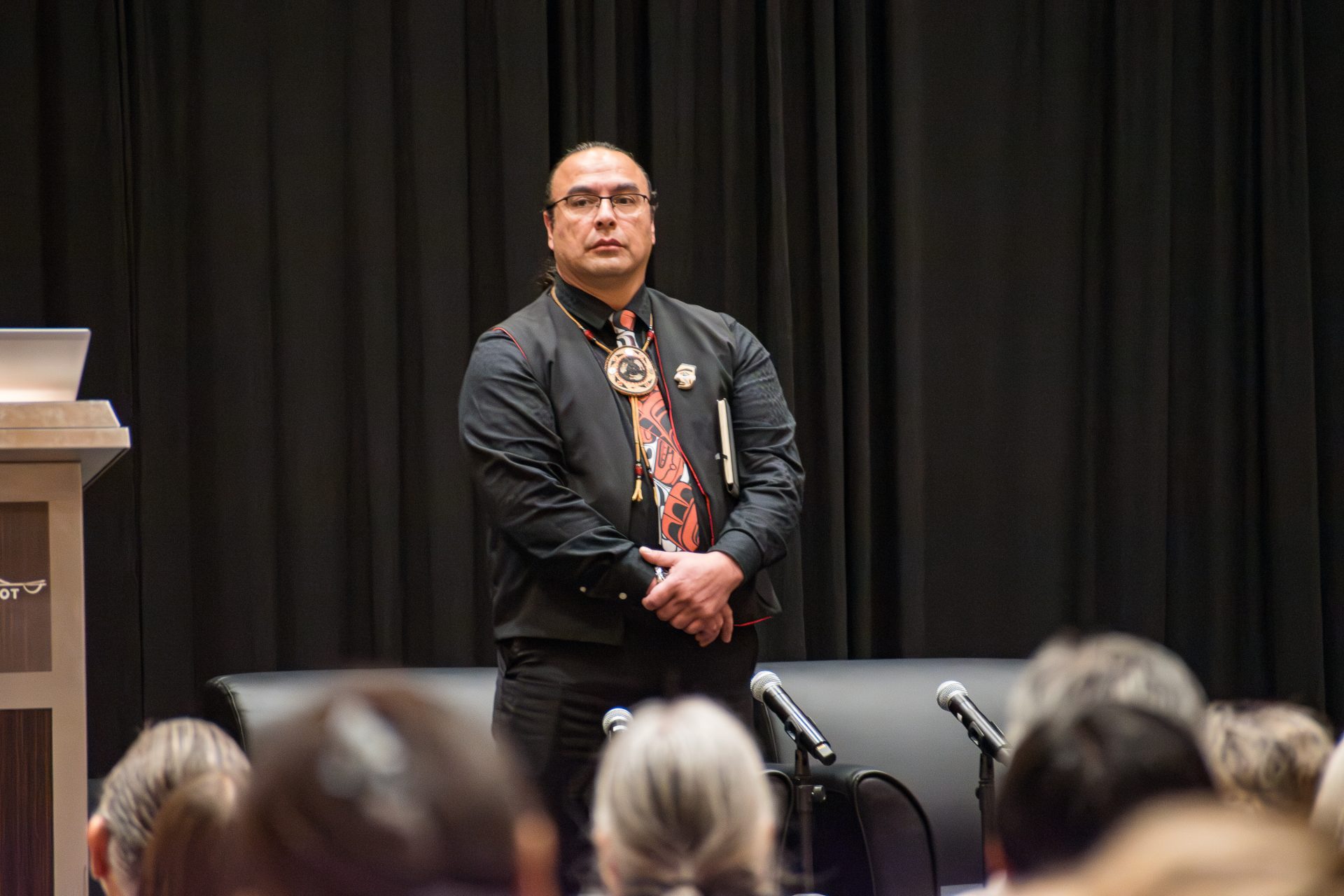
The Lower Elwha Klallam Tribe is studying how wildlife might help or hinder growth of new vegetation along the restored Elwha River.
The tribe is watching how small mammals, elk, deer and birds are taking advantage of the newly opened plains of the former lakebeds of lakes Aldwell and Mills, in partnership with Olympic National Park, the U.S. Geological Survey and Western Washington University (WWU).
“We want to see how a whole complement of wildlife species recolonize the reservoirs, and what impacts they have on the re-establishment of plants on reservoir sediments,” said Kim Sager-Fradkin, the tribe’s wildlife biologist.
For the next three years, biologists will study which small mammal species are recolonizing the reservoirs and how their presence might alter revegetation efforts because of their tendency, depending on species, to either cache or consume seeds.
They will also determine whether birds such as the American robin move seeds within the reservoirs to help naturally revegetate the area. Finally, the biologists also want to know if the habits of large animals such as deer and elk, will impact plant growth due to their tendency to browse on young shoots.
Biologists are surveying random vegetation plots in the reservoirs by counting plants and noting if any have been fed upon by animals. They are also noting where deer and elk scat is found, which tells biologists which areas are being used the most by the large herbivores.
A WWU graduate student is studying how birds are helping moving seeds from the forest to the reservoirs for germination.
“We’re closely studying the logs that birds use as perches and leave behind scat,” Sager-Fradkin said. “We’re also interested in knowing if the seeds found in the bird scat would successfully germinate in the reservoirs, so we’re taking samples of the seeds back to a greenhouse and planting them in soil that mimics the restored riverbed.”
Finally, to determine how much of the small mammal population is using the reservoirs, every fall for six weeks, biologists are trapping animals such as mice, shrews and voles and noting species, sex, weight and length. They are also locating scat samples from predators and other animals that eat seeds, such as bears and raccoons, and marking their location to see if the seeds germinate in the reservoir.
“We hope that our research not only provides interesting data on how wildlife recolonize newly-exposed habitats, but that our results will also help resource managers explore ways to incorporate wildlife into restoration planning,” she said.




